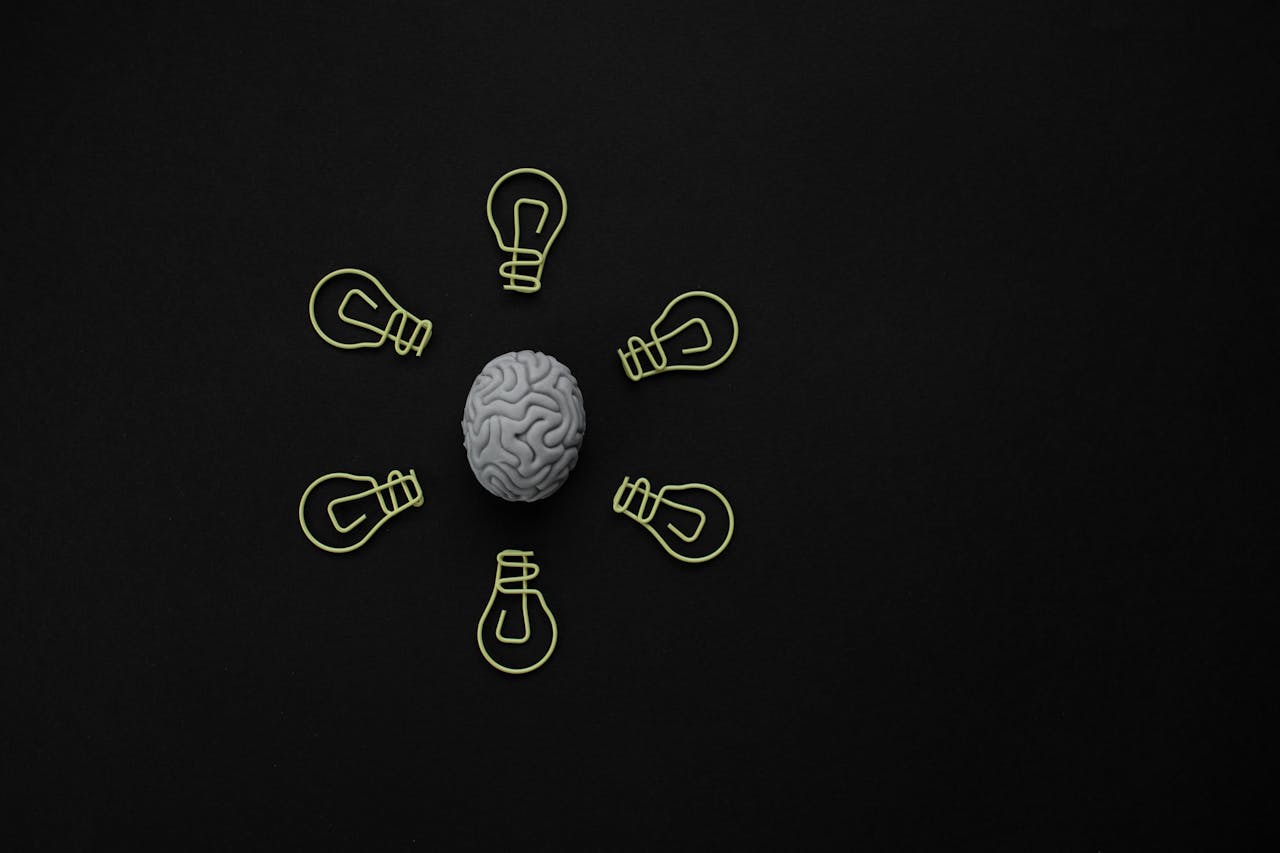You do homework, scroll feeds, and text friends, while your brain quietly handles dozens of jobs in the background. Some systems keep you alive, like breathing control and heartbeat pacing. Others shape what you see and remember, like stitching images between blinks or sorting memories during sleep. Science shows these processes are automatic, fast, and mostly hidden from awareness. Understanding them helps you study smarter, sleep better, and stay safer. Here are eight brain jobs that run on autopilot, plus the facts behind how they work.
1. Autopilot Breathing And Heartbeat
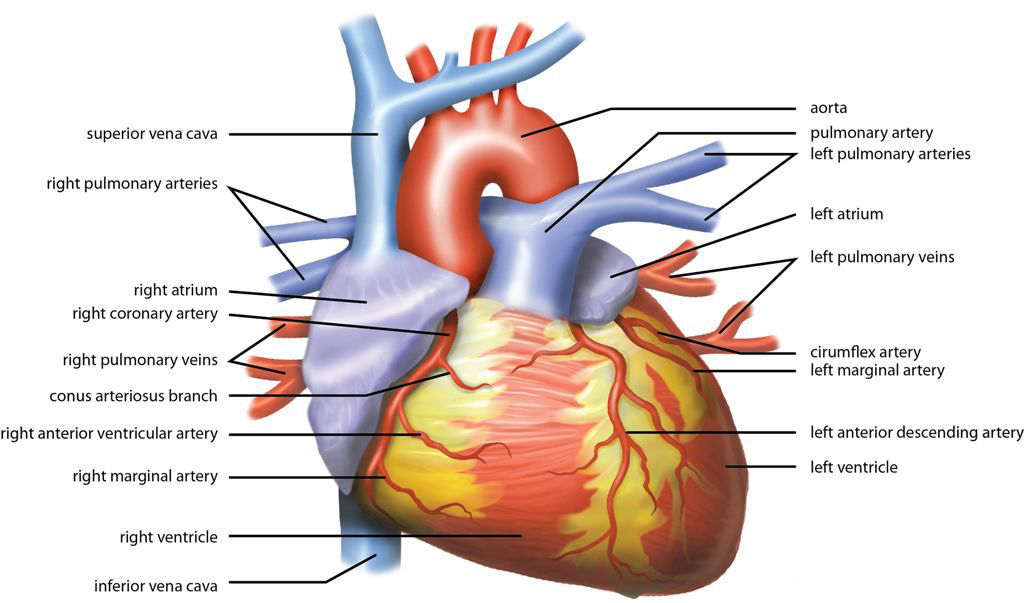
The brainstem manages breathing and heart rate without you thinking. Areas in the medulla and pons read carbon dioxide levels in your blood and adjust breaths automatically. When CO2 rises, you breathe faster to clear it. The autonomic nervous system also balances heart rate, with the sympathetic branch speeding things up and the parasympathetic branch slowing things down. You can control breathing for a short time when singing or calming yourself, but during sleep or exercise the brain takes over to keep oxygen steady and you safe.
2. Blinking And Image Stitching
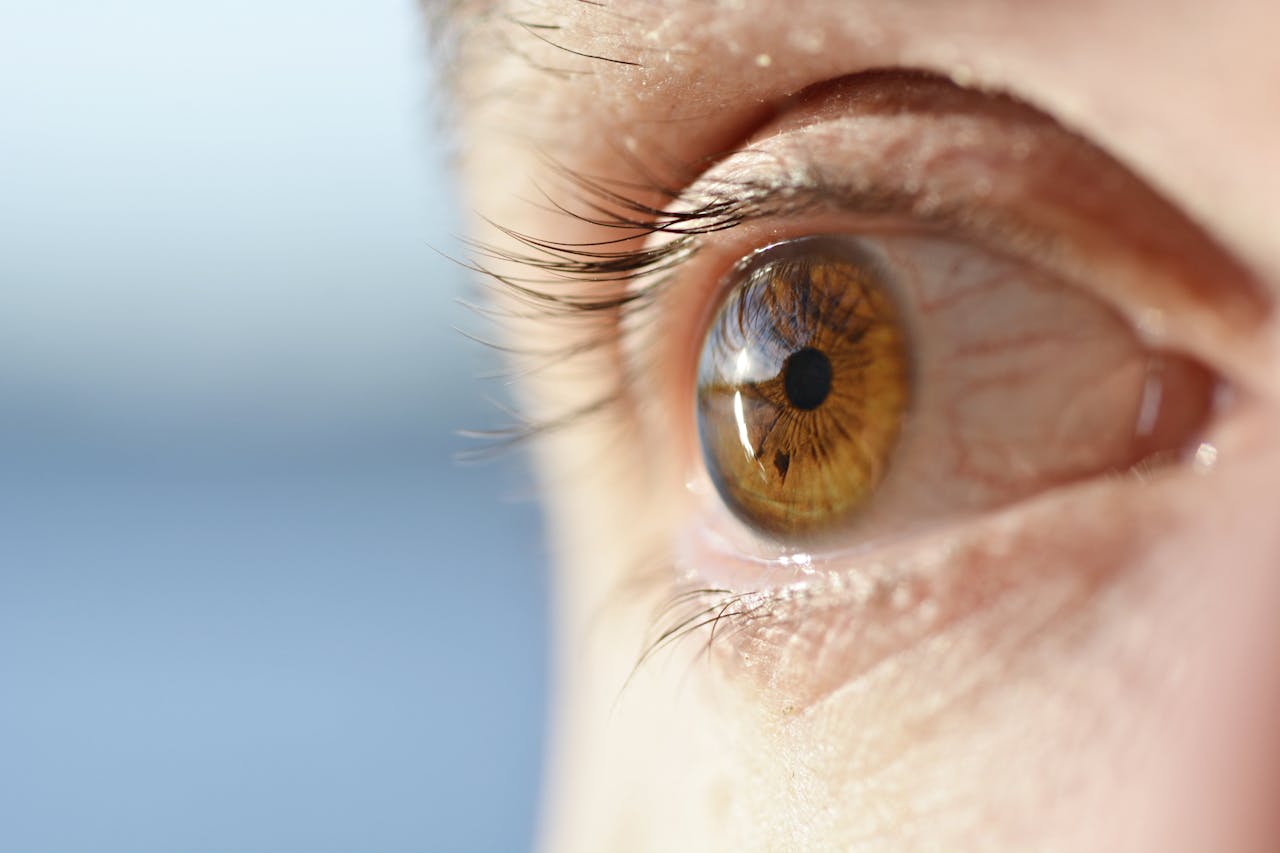
You blink around 15 to 20 times per minute, yet the world does not seem to go dark. That is because the visual system briefly mutes the incoming signal during a blink and also during quick eye jumps called saccades. The brain stitches snapshots together so you perceive a steady, continuous scene. This saves energy and keeps you focused on important changes, like a moving ball in gym class. The result is smooth vision that hides the tiny gaps your eyelids and fast eye movements create all day.
3. Balance And Eye Stabilization
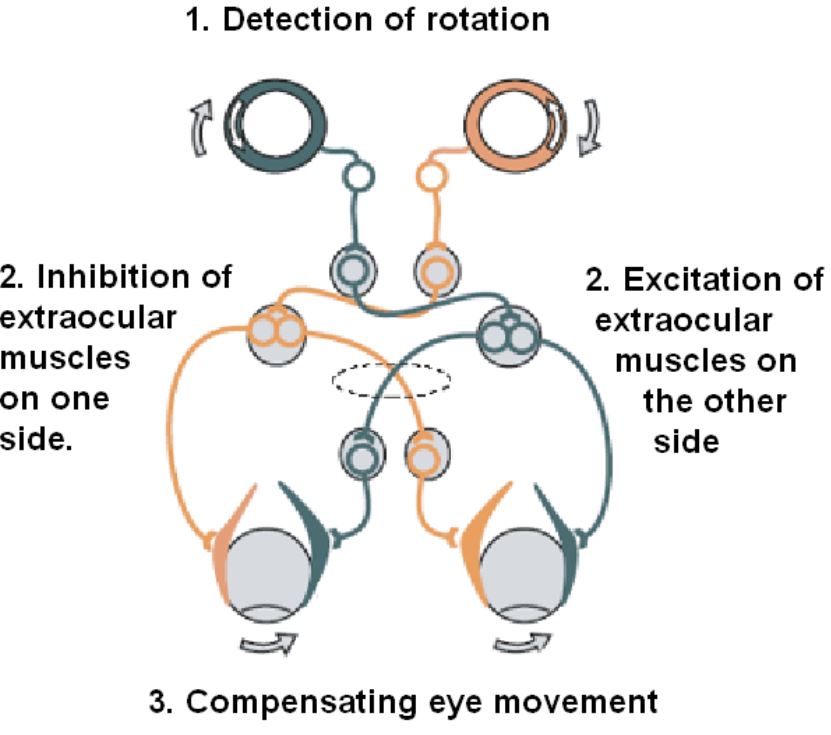
Your inner ears hold tiny canals filled with fluid that sense head movement. When you turn quickly, a reflex called the vestibulo-ocular reflex moves your eyes in the opposite direction almost instantly to keep images stable. That is why the world stays clear when you nod yes or shake no. The cerebellum fine-tunes these signals so you can ride a bike, skateboard, or climb stairs without staring at your feet. If the system gets confused, you might feel motion sick, which shows how much this hidden balance network normally protects you.
4. Predicting And Filling Missing Pieces
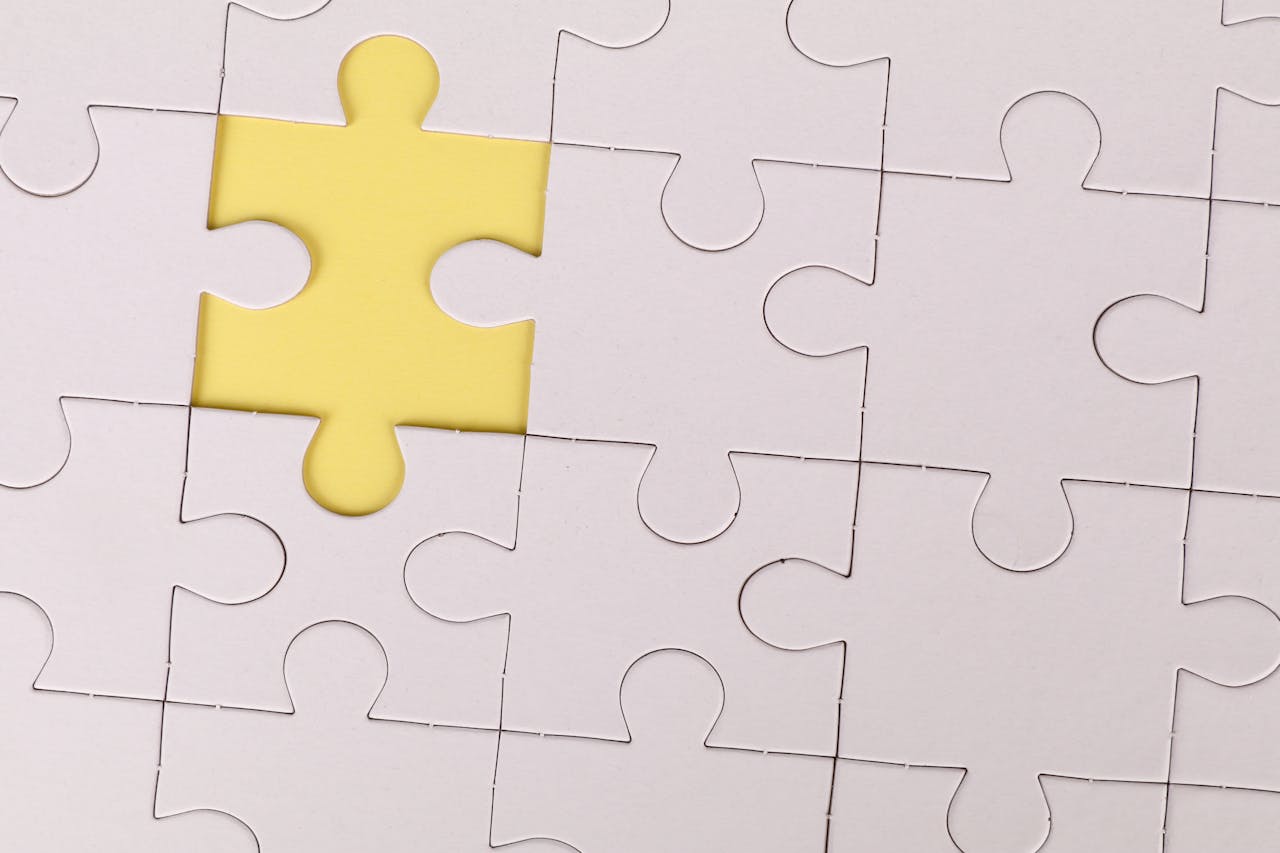
Your brain constantly predicts what should come next, then compares the guess with real input. This top-down process speeds reading and listening. In noisy rooms, you still hear words because the brain uses context to fill gaps, a lab effect called phoneme restoration. Prediction also explains why you sometimes miss repeated words in a sentence or think you saw a detail that was not there. Most of the time, prediction helps, but it can create quick errors that show up on fast quizzes or when you skim instructions.
5. Memory Sorting During Sleep

While you sleep, the hippocampus replays new experiences and helps move important details into long-term storage across the cortex. Deep sleep strengthens facts and skills, while REM sleep links memories with emotions and creativity. Teens have delayed melatonin release, so falling asleep late is common. Because of that biology, some places moved school start times later. California set a statewide later start in 2022 to better match teen sleep cycles. Protecting sleep is not lazy, it is brain training that boosts memory, mood, and focus the next day.
6. Habit Loops And Automatic Routines

With practice, the brain shifts repeated actions into faster pathways that need little attention. The basal ganglia help “chunk” steps like tying shoes, shifting gears, or logging into a laptop. Cues trigger the routine, then a small reward locks it in. Habits are powerful, which is great for study blocks and workout streaks but risky for bad patterns like late-night doom scrolling. Laws in many states ban texting while driving because your attention system cannot safely split focus. Build good cues on purpose, like placing your notebook on your pillow to trigger a short review before bed.
7. Fast Threat Detection And Startle

A fast route from the eyes and ears to the amygdala can flag possible danger before you fully think. That shortcut raises heart rate, widens pupils, and primes muscles to move. It is why a sudden bark makes you jump back even before you see the dog. The slower route to the cortex then checks the facts and calms things if the threat is harmless. This two-step system keeps you alive but can also overreact to loud noises or stressful alerts, which is why grounding breaths help reset the body after a scare.
8. Attention Filters And Change Blindness

You take in far more information than you can use, so the brain filters for goals and relevance. That is efficient, but it also creates “change blindness,” where big differences go unnoticed if your focus is elsewhere. You might miss a friend waving while you search for a seat, or overlook a new sign on a hallway wall. Knowing this helps you plan safety habits, like deliberate mirror checks when biking or driving. By setting clear goals before studying, you also steer attention so the filter lets the right details through.
